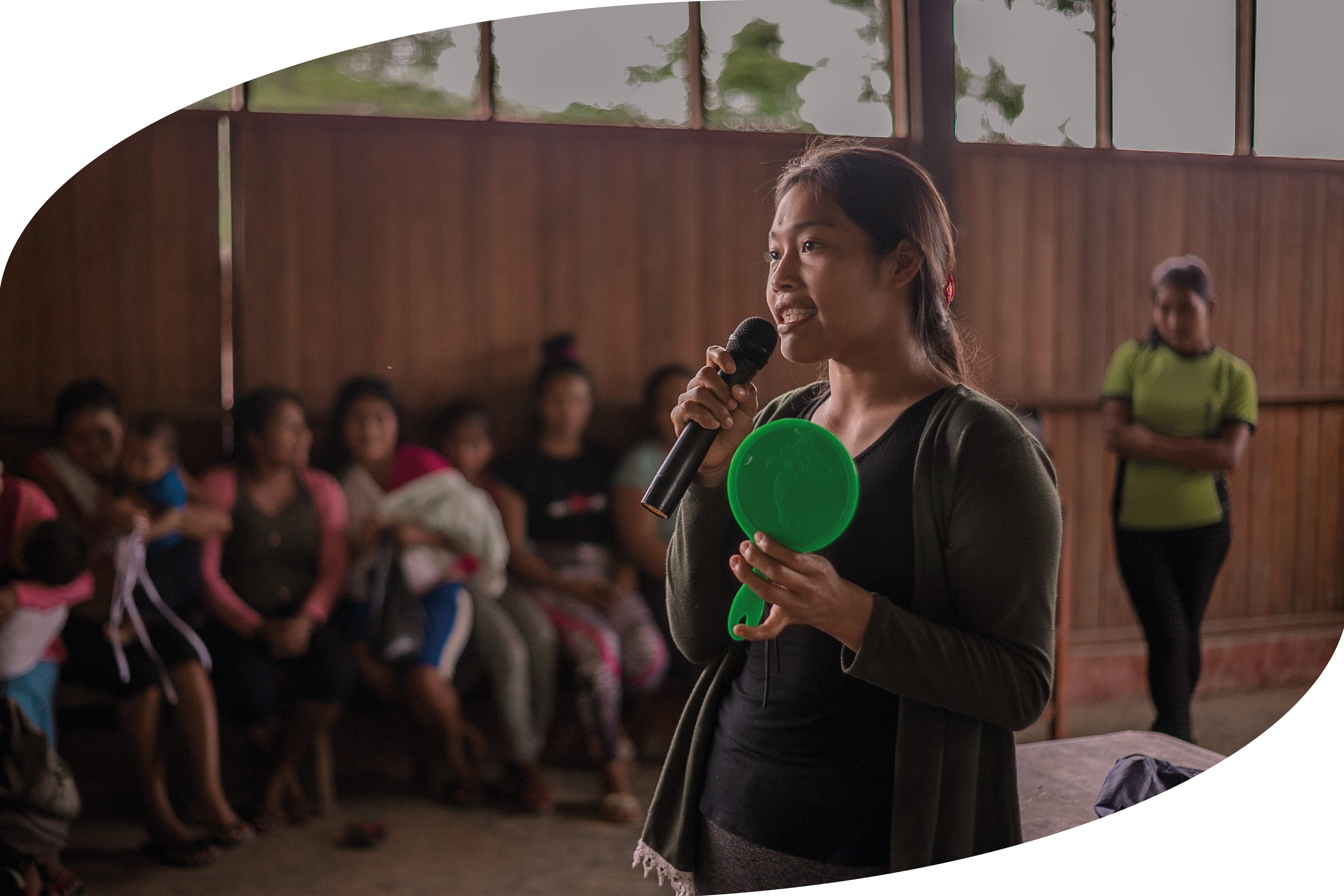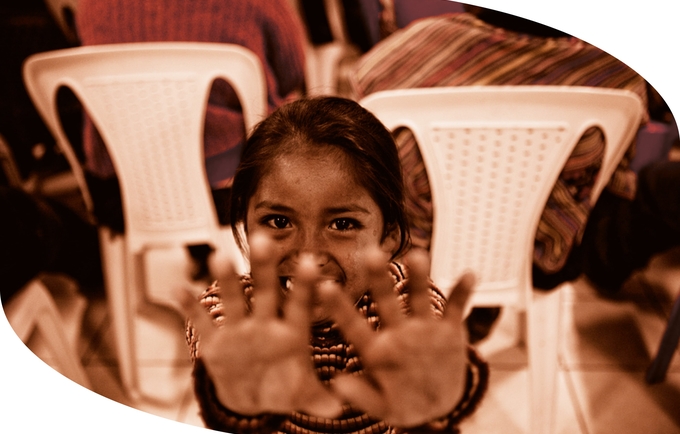Expected outcome 4: By 2026, national and subnational capacities built to transform discriminatory and harmful sociocultural and gender norms that support gender-based violence and other harmful practices, especially child marriage or early unions, and adolescent pregnancy in humanitarian and development settings.
In 2020, 1 in 4 women of women between the ages of 20 and 24 had been in a union before turning 20. In the case of Loreto, 2 out of every 4 women (ENDES, 2021)
6.7% of adolescent girls between the ages of 15 and 19 had been in a union before turning 15 (ENDES, 2021). These early unions and child marriages are related to sexual violence against girls and adolescents; they tend to be associated with adolescent pregnancies and limit their chances of developing fully and taking advantage of the opportunities to which they are entitled.
In economic terms, the cost of adolescent pregnancy in Peru was equivalent to 0.44% of GDP in 2019 (Study conducted by UNFPA and Plan International, 2020). These harmful and discriminatory practices related to gender-based violence are highly normalized and tolerated in the country. Social norms can result in the perpetuation over generations of a collective behavior that may seem irrational, but that no one challenges. An example of this is that of parents who love their daughters and yet unite or marry them in childhood or adolescence to their sexual aggressors or in exchange for goods. Discriminatory sociocultural and gender norms limit women's bodily autonomy, hence the importance of empowering girls and adolescents to fully exercise their rights.
Our Commitment:
UNFPA is committed to working with institutions and actors at national and subnational levels to transform discriminatory gender and social norms and achieve gender equality, two essential tasks to fulfill the 2030 Agenda for Sustainable Development. Ensuring equal rights and opportunities for girls and adolescents is our priority and is substantive in contributing to the consolidation of a diverse and egalitarian society, with the potential to achieve the highest levels of development with equity.

1.Build advocacy capacities in social movements, especially women and youth organizations, faith-based organizations, community leaders, traditional authorities, and the media to transform harmful social and gender norms, especially in areas with high levels of gender-based violence and a high percentage of indigenous and Afro-Peruvian populations. |
4.Build monitoring and social oversight capacities in national human rights institutions and organizations of civil society to improve government compliance with international commitments and recommendations from treaties. |
2.Advance in the operationalization of comprehensive sex education programs inside and outside schools, in accordance with international standards. |
5.Build the capacities of governmental and non-governmental organizations to foster positive masculinities in public policies and programs, particularly in the healthcare, education and protection sectors. |
3.Generate evidence on sociocultural and gender norms in order to design transformative and culturally relevant gender-based interventions that lead to behavioral change. |
|

Number of accepted recommendations from international and regional human rights mechanisms related to discriminatory social/gender norms and their implications that are implemented with the support of UNFPA.
Baseline: 0 - Goal: 4
4 recommendations from international and regional human rights mechanisms related to discriminatory social/gender norms and their implications that are implemented with the support of UNFPA.
Degree (percentage) of operationalization of comprehensive sex education inside and/or outside schools according to international standards.
Baseline: 9% (within schools); 0 (outside schools)
Goal: 20% (within schools); 30% (outside schools)
The scope of comprehensive sexual education in schools is increased from 9% to 20% in accordance with the national curriculum.
The scope of comprehensive sexuality education outside of school or in non-formal contexts is increased from 0% to 30%.
Number of policies, plans, and programs that address positive masculinities, emphasizing the participation of young men, developed with the support of UNFPA.
Baseline: 0 - Goal: 3
3 policies, plans, and programs that address positive masculinities, emphasizing the participation of young men, developed with the support of UNFPA.



